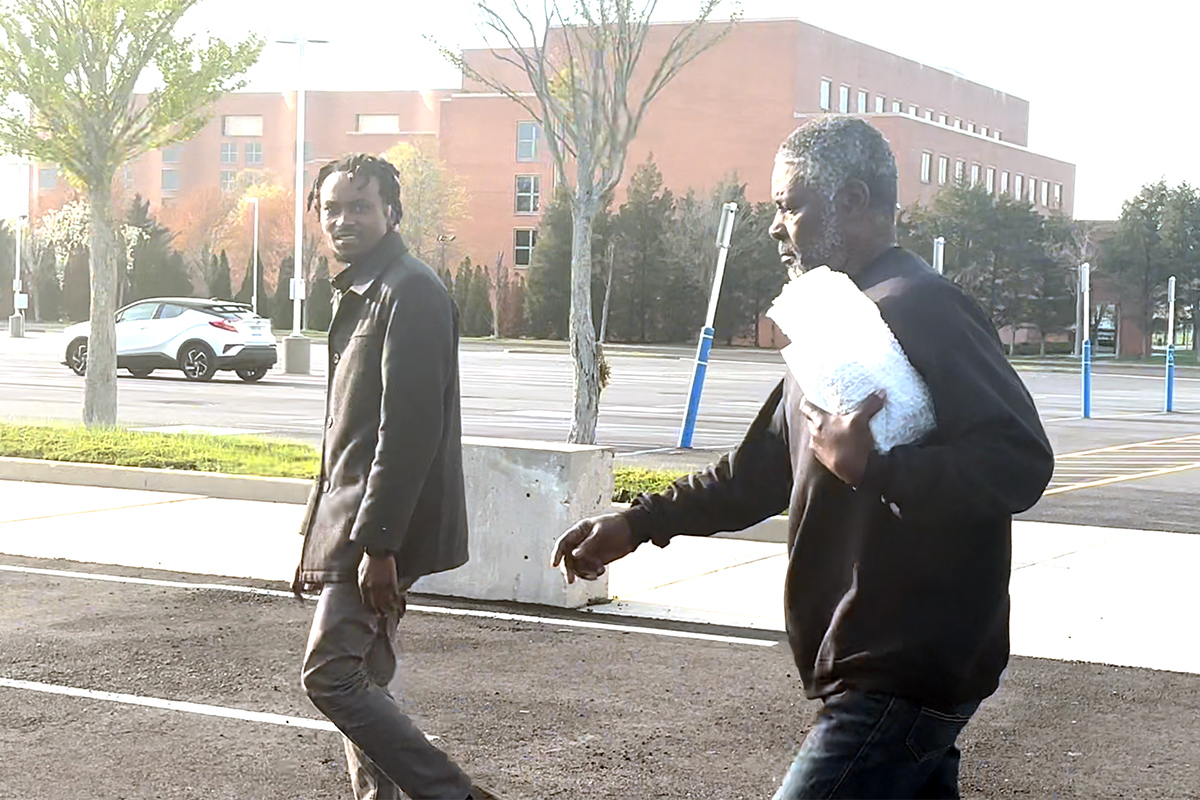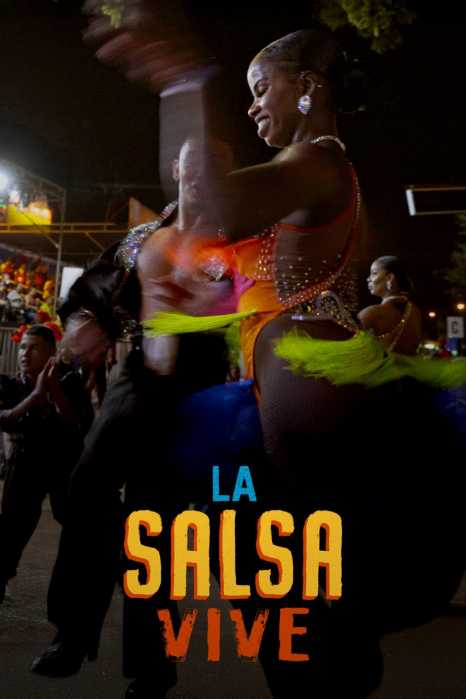
Persia, at the time of the Purim miracle, was the mightiest empire in the world.
It also boasted the most advanced civilization of those days.
On the other hand, the Jewish people at that time were in despair. The Holy Land and the Beis Hamikdash [Holy Temple] lay in ruins. The opinion was widely circulated that G-d had abandoned His people. This was supported by miscalculations purporting to show that the period of 70-years’ exile prophesied by our sages was at an end, yet the promised liberation had not come. This, in fact, was one of the reasons why the king, Achaverosh, made that pompous feast and dared to profane the holy vessels.
Under the circumstances, when the head of the mightiest world empire and civilization arranged the royal feast, inviting to it representatives of all nations, the Jews among them, many Jews could not resist the temptation. They were not deterred by the fact that this banquet was to mark the beginning of a new “era” of complete assimilation and were deluded by the friendly slogan of “no compulsion.” Thus, they became a party to the profanation of the holy vessels.
Symbolically, the profanation of the holy vessels of the Beis Hamikdash (Holy Temple) marked also the desecration of the divine soul which forms the sanctuary of every Jew and Jewess. The purpose and mission of this divine spark is to light up one’s immediate environment and one’s share in the world at large with the light of the highest divine ideals. Far from fulfilling their soul’s mission upon this earth, those weak Jews lent aid and comfort to the forces of assimilation and darkness. By partaking from the “food” of Achashverosh, they contaminated both their bodies and souls.
Purim, therefore, reminds us not to be carried away by the outer sparkle of foreign civilizations or cultures. It reminds us not to be misled into assimilation by the notion that it appears to be in no conflict with our spiritual heritage.
We are a unique people, as started in the Megillah: “There is one people (although) scattered and spread among the peoples of the world, (yet) their laws are different from those of other peoples.” We have preserved our unity and uniqueness despite our being dispersed in the world, because we have preserved our laws. It is by preserving our Torah and mitzvot that we Jews in general, and our youth in particular, can best contribute towards the enlightenment of the world at large and bring real happiness to ourselves, our people and humanity.
The message being quite clear, now it is time to do our part, and show up on Purim. There are four distinct mitzvahs to be done on Purim:
1) Hear the Megillah read both night and day (March 9 and 10), which is the recounting of the miracle that G-d did for the Jewish people and that G-d does for us.
2) Give to the needy by giving Tzedakah (charity) is the ultimate righteous act.
3) Send food gifts to friends by showing camaraderie within your community.
4) Feast. Just like the banquet of the King was low point, the feast of Esther was a high point in the Purim miracle, so celebrate.
By observing these Mitzvahs on Purim, we are showing that just like Esther and Mordechai, we will “neither kneel nor bend,” and we remain proud, confident and dedicated Jewish people. So when you look at your child dressed in costume making noise to drown out Haman’s name during the Megillah reading, you’ll know that what has stood by our forefathers and foremothers also stands by you.
What better joy in the world is there than this?
































